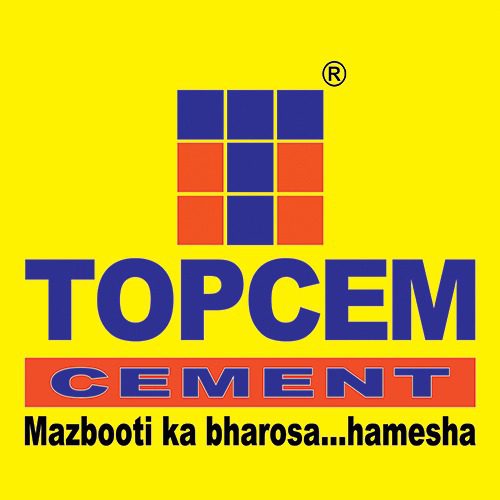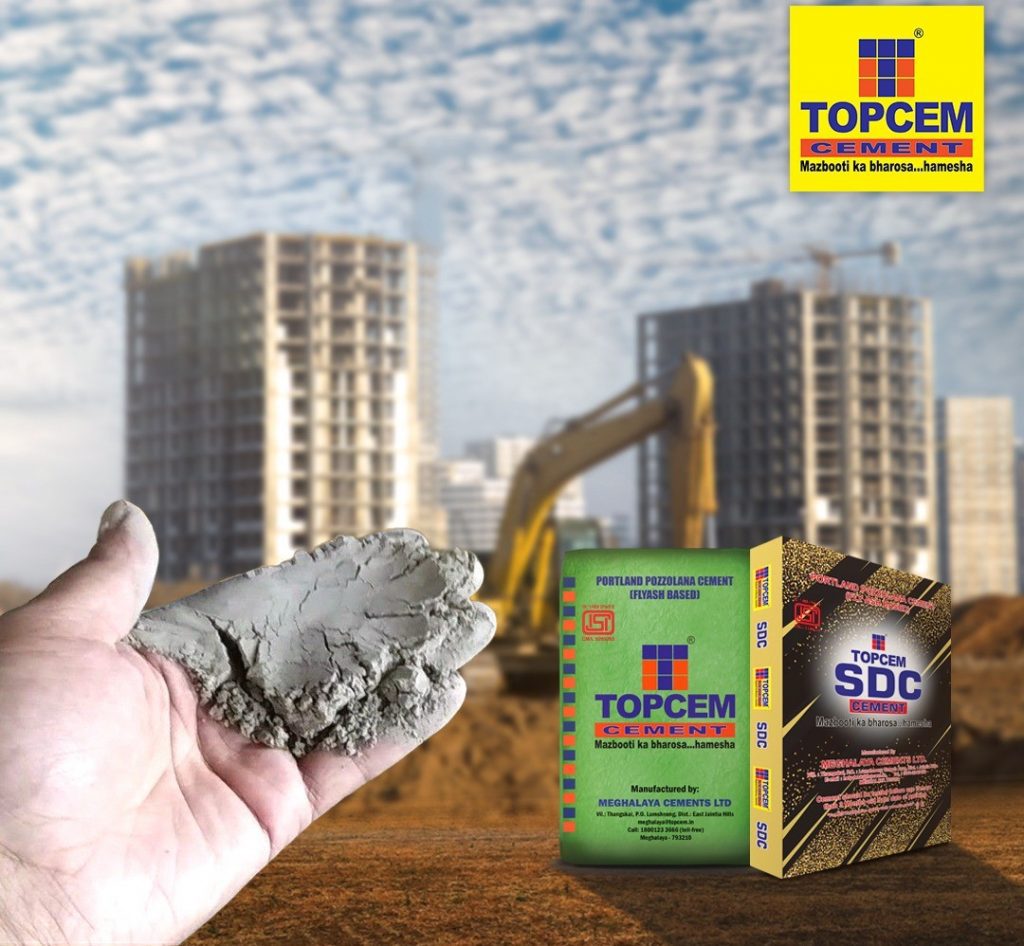Introduction
Cement, a covering substance, is used to bind aggregates and reinforcing elements. Over the years, the cement industry in India has grown, thanks to technology. In the production of concrete, there are numerous types of cement used. Based on the components used to create it, each variety of cement has unique qualities, applications, and advantages.
Read on to know more about the types of cement available and their uses.
Different types of cement and their applications
1. Ordinary Portland Cement (OPC)- OPC, or ordinary Portland cement, is a type of cement that is manufactured and used all over the world. It is frequently employed for objectives, such as:
- Concrete: OPC can be combined with aggregates and water to create concrete, which is frequently used in building construction.
- Mortar: for joining masonry
- Plaster: to give the walls a flawless finish
In addition to the uses indicated above, OPC is also used to manufacture AAC blocks, solid concrete blocks, wall putty, grout, and other forms of cement.
2. Portland Pozzolana Cement (PPC)- PPC, or Portland Pozzolana Cement is prepared by grinding pozzolanic clinker with Portland cement. It is highly resilient to many chemical attacks on concrete, and is widely used in construction including:
- Marine structures
- Sewage works
- Bridges
- Piers
- Dams
- Mass concrete works
3. Rapid Hardening Cement– Rapid Hardening Cement is made when finely grounded C3S is exhibited in OPC with higher concrete.
It is commonly employed in quick construction projects, such as pavement construction.
4. Extra Rapid Hardening Cement- Extra rapid hardening cement, as its name implies, hardens more quickly and is made by mixing calcium chloride with rapid hardening cement.
Extra rapid hardening cement is frequently employed in order to set the cement quickly in cold weather. It takes one or two days less time than cement which hardens quickly, or around 25% less time. By one or two days, it is around 25% quicker than rapid hardening cement.
5. Low Heat Cement– Low heat cement is prepared by raising the fraction of C2S while keeping the tricalcium aluminate content below 6%,
Low heat cement is used for the construction of gravity dams and other mass concrete structures. It is important to be aware that it is less reactive than OPC and that the initial setting time is longer.
6. Sulfate Resisting Cement- This sort of cement is created to withstand sulfate assault in concrete. Tricalcium aluminate makes up a smaller portion of it.
Constructions in contact with groundwater or soil containing more than 0.2% or 0.3% g/l of sulfate salts, respectively, employ sulfates-resistant cement.
Additionally, it can also be used on concrete surfaces like bridge piers that experience alternating wet and dry conditions.
7. Quick Setting Cement- Quick setting cement is one that sets more quickly than OPC but maintains the same strength. The amount of gypsum in this formula is decreased.
This type of cement is used for constructions that require a quick setting, such as underwater structures and in chilly and rainy climates.
8. Blast Furnace Slag Cement- Similar to Portland cement, this form of cement is produced by grinding clinker with around 60% slag.
It is employed in construction projects where cost concerns are crucial.
9. High Alumina Cement- High Alumina Cement is created by combining calcined bauxite, lime, and clinker during the production of OPC.
For cement to be considered High Alumina Cement, the total alumina content must be at least 32%, and the weight ratio of alumina to lime must be between 0.85 and 1.30.
It is commonly used in structures that are exposed to high temperatures, such as workshops, refractories, and foundries.
10. White Cement- This kind of cement is produced from raw materials devoid of iron and oxide and needs to have a high proportion of lime and clay.
It is expensive and is used for architectural purposes, including precast curtain walls and facing panels, terrazzo surfaces, etc. It is also used for interior and exterior decorative work, including exterior renderings of buildings, facing slabs, flooring, ornamental concrete products, garden paths, swimming pools, etc.
Conclusion
By now, you must have a fair idea about the different types of cement available in the market, and their areas of application. Prior to the construction of any structure, it is important to have a thorough understanding of each type, by consulting an expert, to have a strong build that lasts for years.
About Us
Topcem Cement, a product of Meghalaya Cements Ltd, is among the leading cement manufacturers in the entire NE India. Product quality, customer satisfaction, and timely delivery have been the cornerstone of Topcem’s brand identity. The company is currently dominating the Northeastern market and is dedicated to offering its customers a top-notch product, and experience. Topcem thrives to deliver innovative products through sustainable practices. It ensures that the esteemed clients of MCL get factory fresh, top-quality cement that offers unmatched strength and extraordinary durability.

